Why did Coastal Commissioners dump popular Executive Director Charles Lester in a closed session at their February meeting in Morro Bay? It is part of a plan by well connected lobbyists and lawyers pushing environmentally damaging projects for their wealthy clients.
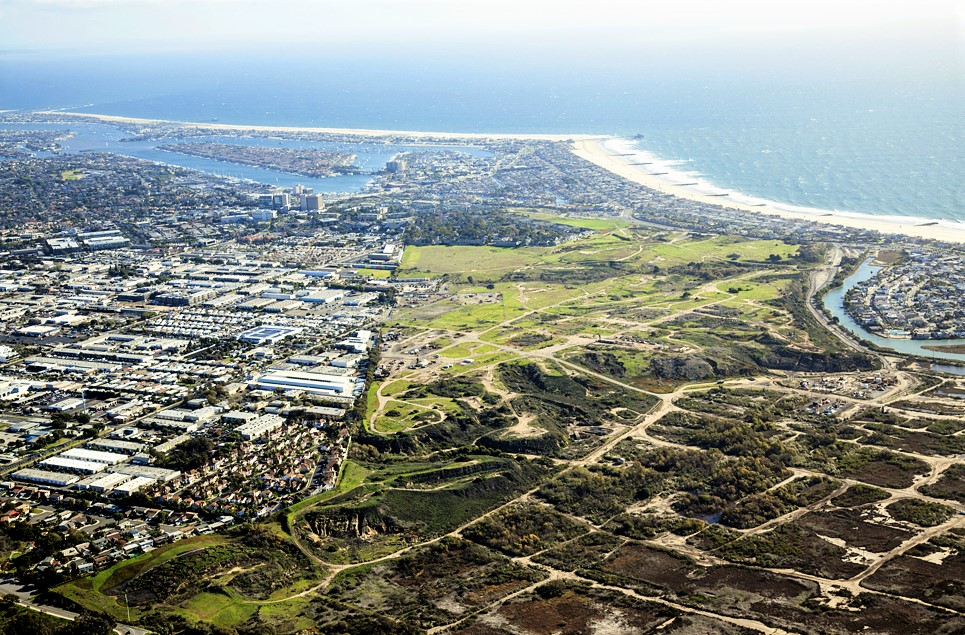

Eidt: ‘A Total Disregard for the Public’ on Coastal Commission
By Jack Eidt, Published in Voice of OC
In mid-February, the California Coastal Commission, the 44-year old institution overseeing the protection of 1,100 miles of shoreline, voted 7 to 5 to fire their Executive Director at a 12-hour hearing in Morro Bay. The move to dump Charles Lester happened in secret session, with little public explanation, after hearing from around 200 speakers unanimously expressing support for his leadership. This after a month where almost 30,000 letter writers, around 100 environmental and social justice groups, 35 former Commissioners, 10 members of Congress and 18 California legislators, called for Dr. Lester to keep his job.
Mary Shallenberger, the longest-sitting member on the commission who voted to keep Lester, called the panel’s closed-door action “a total disregard for the public – the worst I’ve seen in 40 years.”
The South Coast Air Quality Management District underwent a similar power grab last week, firing their Executive Officer, but were more upfront: The board responsible for enforcing pollution restrictions for 17 million of us thinks they are too tough on Chevron, Exxon-Mobil, and the Western States Petroleum Association. Is this what’s happening with real estate developers and the Coastal Commission?
“Disgrace” is not a strong enough word for what I witnessed in Morro Bay. This was such an embarrassment that state Assembly Speaker Toni Atkins (D-San Diego) tweeted an apology saying she thought “my appointees would be better stewards of the coast.” — Steve Lopez, L.A. Times
STORY: Jerry Brown’s Regulatory Capture at the CA Coastal Commission
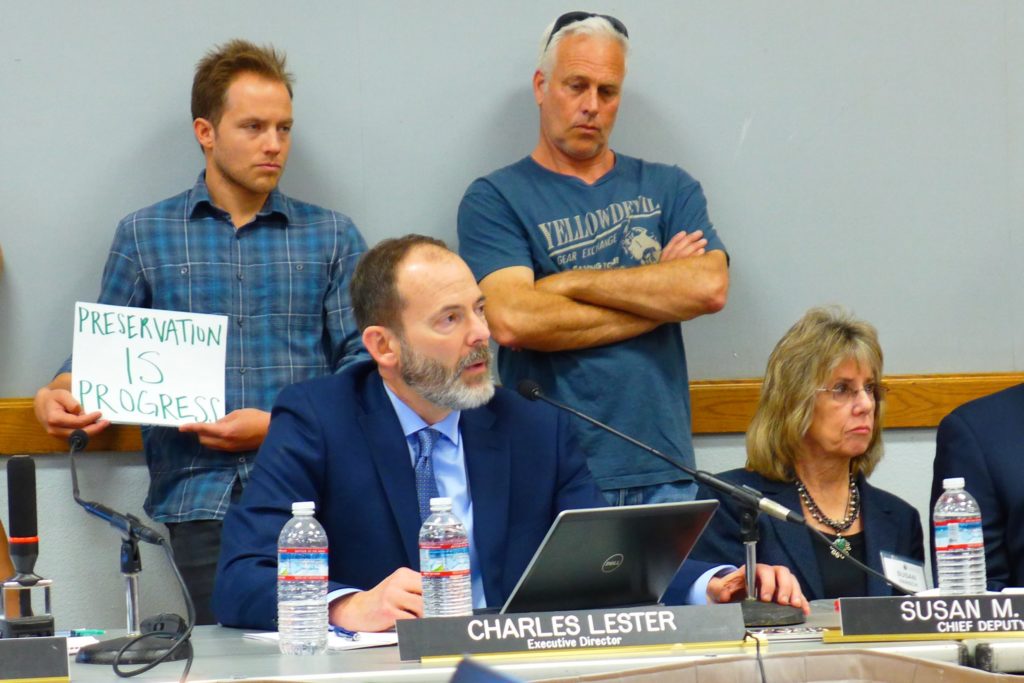

The Blood Sport of Development Entitlements
Well, in real estate, California’s last gold mine, quick approvals mean money. Less regulation leads to fast approvals. But how to get past the Coastal Act, the most powerful coastal protection legislation ensuring the waves, the sunset views, and the rolling dunes belong to all of us?
Attorneys and the developer’s consultants who want to bend the Coastal Act to transform the last remaining wetlands or environmentally-sensitive habitat areas into resorts and view homes have a game plan: file incomplete applications with sketchy attachments, and purposely-flawed legal opinions to stall the process and overload the staff with paper, sometimes on Christmas Eve, often just before a hearing. Then their next move is to complain about staff to Commissioners, the media, and anyone else who will listen in order to obtain exemptions and priceless approvals.
As Joe Geever, long-time coastal activist and consultant to groups fighting the Huntington Beach Desalination Plant, says: “Look at [project proponent] Poseidon, they have requested delays on an appeal of the permit issued by the City for 10 years, and the staff granted those delays — only to have Poseidon blame them for the delays (they requested). This tactic is typical of developers with lobbyists. They turn complaints about delays into exceptions to the rules in their permits — exceptions responsible developers wouldn’t even ask for.”
STORY: Laguna Beach “Ranch” Hotel Renovation Violates Coastal Rules
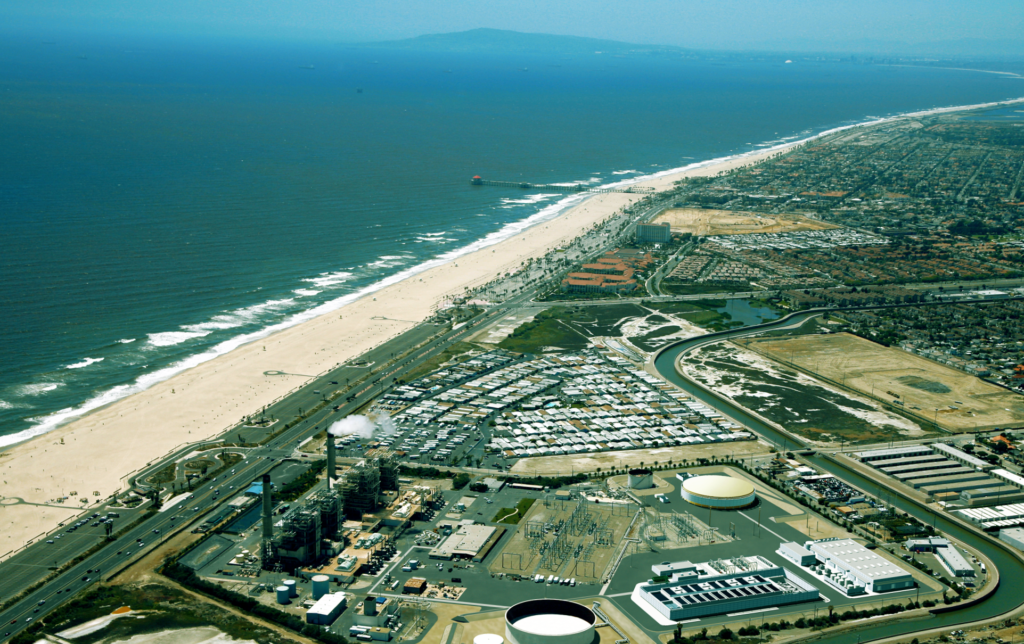

H.B. Desal and Banning Ranch — The 1976 Coastal Act Stands in the Way
So, again, why depose an Executive Director with 20 years of experience reviewing coastal development applications and Local Coastal Programs? Especially when his leadership has been officially deemed “stable and consistent” by a recent Stanford University study?
Consider two massive projects in Orange County slated for public hearings this year, both on opposite sides of the Pacific Ocean mouth of the Santa Ana River, that will make their investors, developers, consultants, and hangers-on billions of dollars. Only the Coastal Act stands in the way.
The first is the aforementioned Desalination Plant by Poseidon Water, proposed for north of the river adjacent to the AES power station in H.B. It would create 50-million gallons per day of expensive, energy-intensive, marine-impacting drinking water, sold to the O.C. Water District. This would ensure a well-irrigated buildout of the last wild spaces of the 14,000-home Rancho Mission Viejo, as well as whatever remaining buildable open foothills and former orange groves are left. If it wasn’t for all those pesky regulations, like protecting fish and clean ocean water, and oh, what about the water ratepayers.
The second, the crown jewel just south of the river, is the planned 401-acre Newport Banning Ranch project, which includes 895 homes, a 75-room hotel, a hostel and 45,100 square feet of retail on a mostly-vacated oil field that also happens to be a remnant ocean estuary wetland of the 110-mile Santa Ana River. Last fall, Lester and his staff recommended denying the project on the grounds that it would destroy environmentally sensitive habitat areas (ESHA). Lester was also forthright that the efforts of the developers to push their application were completely at odds with the staff’s charge to enforce the Coastal Act: last-minute revisions, incomplete applications, and not adhering to the planning process.
The Commission sent the development team, comprised of Aera Energy LLC, Cherokee Investment Partners and Brooks Street Real Estate, back to the drawing board, but also the staff. In December staff produced a new revised ESHA map that contradicted their earlier analysis, suddenly opening up more formerly designated habitat for California gnatcatchers and Cactus Wren as sites for high-end condos and hotel rooms, as well as roads to access them.
“This commission seems to be more interested in and receptive to the concerns of the development community as a general rule,” Charles Lester said after his firing, and “less focus on how we can make decisions to implement the Coastal Act.” Did Dr. Lester see the writing on the wall, and bend over backwards at the expense of the Coastal Act in an attempt to save his job? Here is exhibit A.
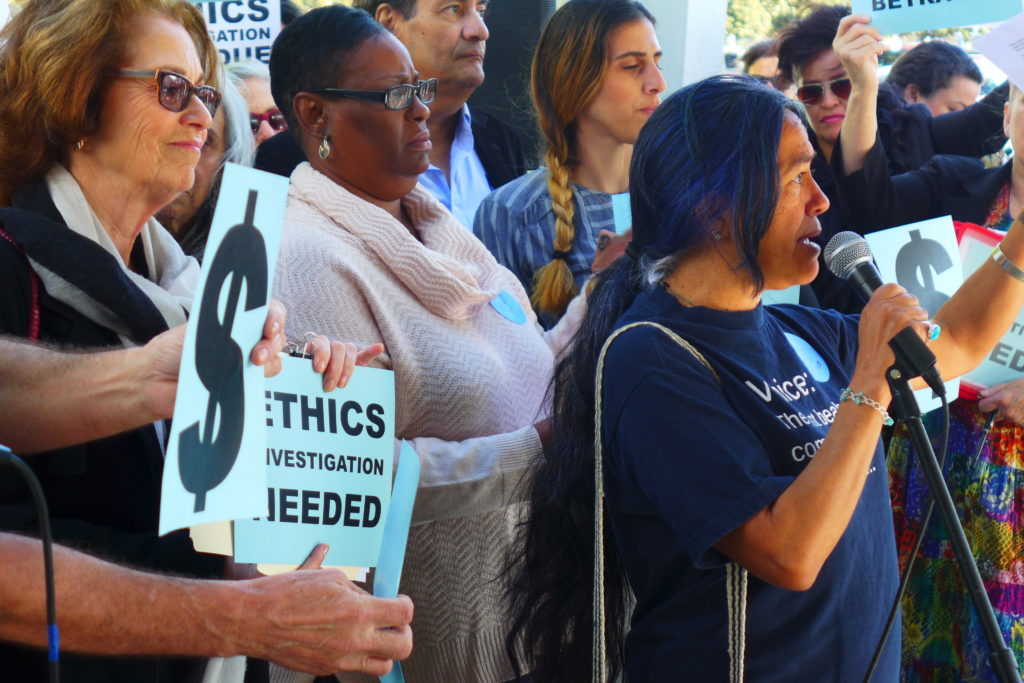

Lobbying and Lawyering with Inside Connections
The movement to pressure Coastal Commission staff to tilt their process toward developers is coming from a few specific actors. One lobbyist in particular, Susan McCabe from McCabe and Company, seems to wield an overwhelming amount of influence over commissioners. She was caught and fired for claiming in emails to be “spoon-feeding” a commissioner to secure his vote to revitalize the downtown San Diego waterfront.
A former commissioner herself, her website boasts of 219 Coastal Commission permit clients, including the OC Transportation Corridor Agencies (SR 241 Foothill Toll Road Extension), Poseidon Resources (H.B. Desal), Southern California Edison (San Onofre Nuke Plant), and MacPherson Oil (offshore slant drilling project in Hermosa Beach). She clearly recovered from that firing in San Diego.
Another super-lawyer is Steven H. Kaufmann, of Richards, Watson & Gershon, who formerly represented the Coastal Commission through the Attorney General’s office from 1977 to 1991, but then decided to make some real money pushing development interests. Mr. Kaufmann clearly understands how to game the torturous regulatory pipeline from the inside. A few years back, Mark Massara, a former Director of Sierra Club’s Coastal Program declared Mr. Kaufmann was involved in an “Unholy Trinity” between Laguna Beach hotel developer The Athens Group and the City Fire Department to conspire to undermine Coastal Commission jurisdiction and cut down protected (ESHA) habitat with the stated goal of “emergency fire protection.” The real imperative? Building a few luxurious mansions at Hobo-Aliso Ridge on ESHA in South Laguna.
A bill proposed by Assembly members (A.B. 2002) that would require lobbyists to register before sitting down with Commissioners to discuss projects over a Mai Tai at the Montage is a good thing and a long time coming, but would do nothing to curb the inordinate influence of super-lobbyists such as Ms. McCabe and Mr. Kaufmann.
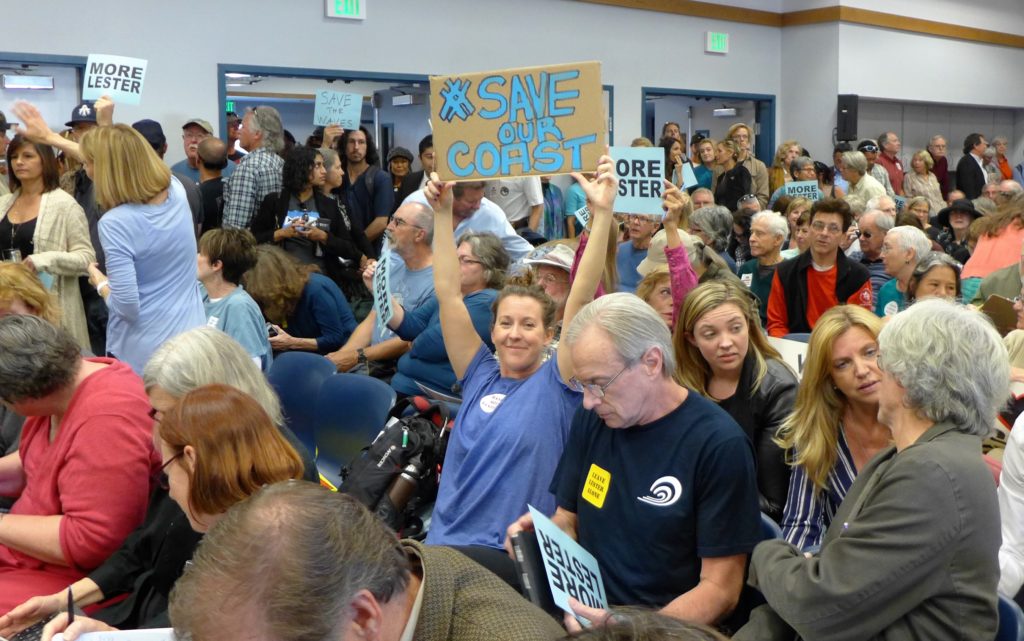

Accountability Please, Governor Brown
On March 9 in Santa Monica, the 12-member Commission again convened to ponder the future for California’s coast, with a strong push by environmental and social justice organizations to include them in the process to hire a new ED. But what about this very un-transparent commission, already telling thousands of advocates their opinions are worth nothing?
Should Governor Jerry Brown, who went to the Paris Climate Talks in December claiming to be an environmental champion, preside over the gutting of Coastal Act protocol at this 44-year old institution? He can fire his four appointees at will, including Wendy Mitchell, widely considered the ringleader of the coup, a paid consultant to development interests. Wendy Mitchell, Coastal Commissioner, also works for desalination engineer Carollo, Mojave Desert groundwater mining schemers Cadiz, oh the list goes on. Really Governor Brown? Is this the best steward of our coast you could find?
Jack Eidt is director of Wild Heritage Planners, editor of WilderUtopia.com.
Post Updated May 12. 2016

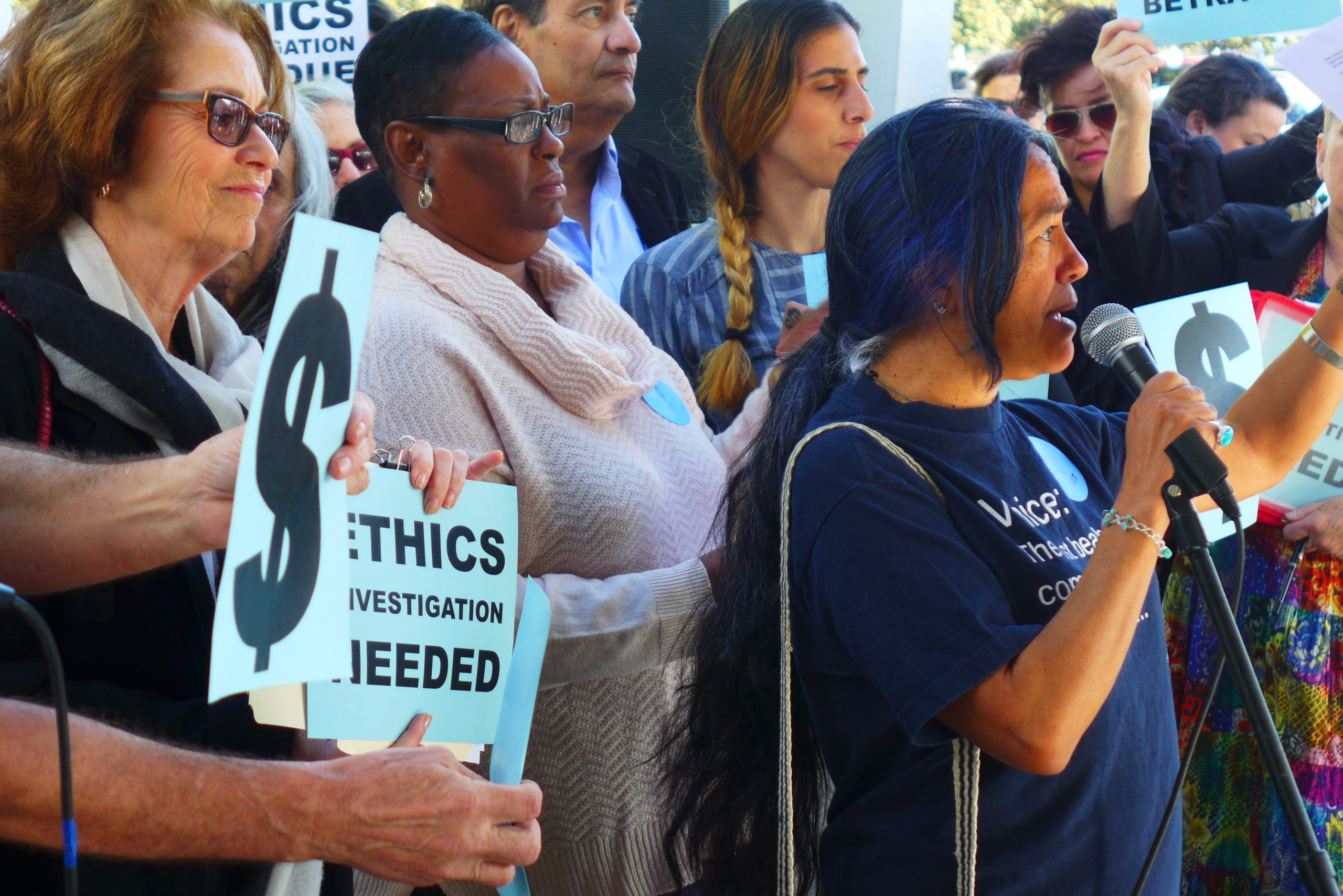








Dear Jack,
Thank you for such a great, raw analysis.
Now that you have lucidated the core dynamics, what, from your point of view and experience, should we do to stop this sell-out? What would it take? What would someone like yourself be willing to do next–including possible acts of civil disobedience?
Ready to act,
Laura Morgan, MD
Sebastopol
Sonoma County
Thanks, Laura. We need to act quick while the many individuals and organizations can still taste the ire of the incredible injustice of this firing against the will of so many. I have more information than I could put into this column. But a full-scale investigation of the different commissioners is ongoing by media and legal entities. Some people have demanded investigations from the Assembly and Senate, but the political will there is weak, and Jerry Brown is sadly in the pocket of the oil and real estate interests, as well as the big unions that support these projects. The few legislative measures proposed only nibble at the edges of this corruption.
When the machinery of democratic government breaks down, and accountability falls to the very few, the people have to step up. So, yes, I think we must present our case to the legislature (some already have), and maybe to the Joint Committee on Legislative Audit http://legaudit.assembly.ca.gov/. This may require a show of the thousands who journeyed to Morro Bay, signed petitions, etc. to step up. Several of these commissioners have shown themselves unfit for their job by firing the ED with no plan whatsoever to replace him in the foreseeable future. Brown should be pushed to remove his four at-will appointees immediately. It’s not going to be easy, but it is possible.
Dear Jack-
I am very concerned that with the push to loosen the protections on our northern coast
(Sonoma County and further), we will be facing more development of areas which should remain wild and free. Our county supervisors are under pressures to approve more vineyards, wineries and event centers on the coast.
Ken Sund
Interesting that 44 years ago, the aim of protecting the Sonoma County coast at the Sea Ranch led to the birth of the Coastal Commission. As Peter Douglas, the late two-and-a-half-decade-long-ED said: “The coast is never saved. It’s always being saved. The job of environmental stewardship of the coast is never done. It’s never dull, and it’s never done.”
Pingback: Reform California' Environmental Quality Act? Not Now. | WilderUtopia.com
Pingback: Jerry Brown Responsible for Coastal Commission Coup | WilderUtopia.com
Pingback: Regulatory Agencies Must Break Free from Fossil Fuels | WilderUtopia.com
Pingback: CA Coastal Commission Endangered by Lobbyist Influence Peddling | WilderUtopia.com